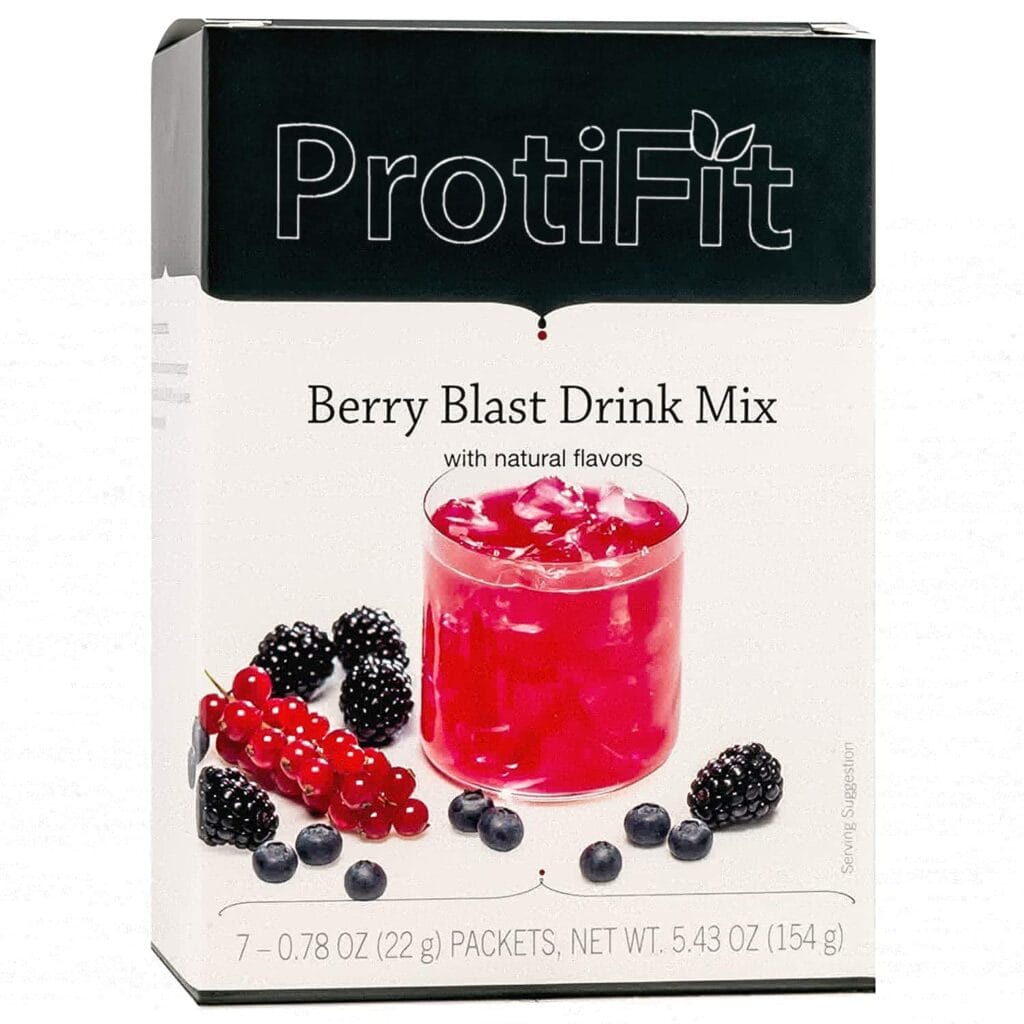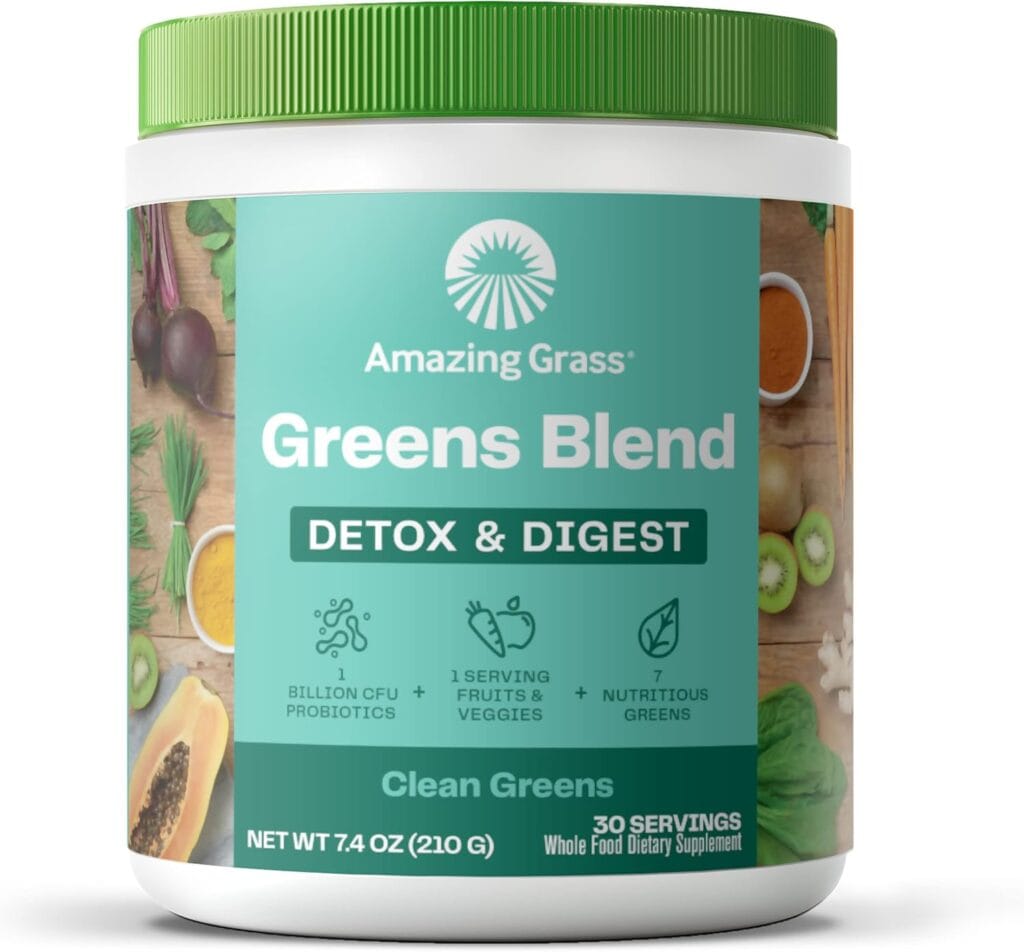By Frida House, MS Nutrition
Reviewed by Dr. Jane Smith, MD
Disclaimer: This article is for informational purposes only and is not a substitute for medical advice. Consult your healthcare provider before starting any dietary change, especially if you have diabetes, kidney issues, or are pregnant/nursing.
Table of Contents
- Why Meal Replacement Smoothies Work
- The Science Behind Weight Loss Smoothies
- Who Should (and Shouldn’t) Use Them
- Key Ingredients for Optimal Results
- 5 Dietitian-Approved Recipes
- Common Mistakes to Avoid
- Choosing Commercial Meal Replacements
- FAQs: Safety, Timing & Results
- Long-Term Sustainability
Why Meal Replacement Smoothies Work
Meal replacement smoothies are a practical tool for healthy adults seeking structured, nutrient-dense meals. As a nutritionist with a decade of clinical experience, I’ve seen clients lose 1–2 pounds weekly by replacing 1–2 daily meals with balanced smoothies. Here’s why they’re effective:
- Portion Control: Pre-measured ingredients eliminate guesswork. A 2023 study found that individuals using meal replacements consumed 300 fewer daily calories than those self-planning meals (Obesity Journal).
- Metabolic Boost: Protein-rich recipes increase thermogenesis (calorie burn) by up to 15–30% compared to high-carb meals (American Journal of Clinical Nutrition).
- Hormonal Balance: Fiber and healthy fats stabilize blood sugar, reducing cravings for processed snacks.
Pro Tip: Pair smoothies with whole-food snacks (e.g., nuts, hard-boiled eggs) to avoid energy crashes.
The Science Behind Weight Loss Smoothies
How Nutrients Drive Fat Loss
- Protein: Whey and plant-based proteins increase satiety hormones (leptin) and reduce hunger hormones (ghrelin) (Journal of Nutrition, 2022).
- Fiber: Soluble fiber (e.g., chia seeds, oats) forms a gel in the gut, slowing digestion and fat absorption (Nutrition Reviews).
- Healthy Fats: MCT oil and avocado activate fat-burning pathways while keeping you full for 4–5 hours.
Clinical Evidence
A 2024 meta-analysis of 12 studies concluded that meal replacement smoothies led to 12% greater weight loss over 6 months compared to traditional calorie-counting diets (Obesity Reviews).
Who Should (and Shouldn’t) Use Meal Replacement Smoothies
Ideal Candidates
- Busy professionals who need quick, balanced meals.
- Fitness enthusiasts who seek post-workout recovery.
- Individuals with a BMI of 25–30 are aiming for gradual weight loss.
Avoid If You Have:
- Kidney Disease: High protein strains renal function.
- Diabetes: Consult a doctor to manage carb content.
- GERD/IBS: High-fiber ingredients may trigger symptoms.
Case Study: My client Sarah, 34, lost 18 pounds in 3 months by replacing breakfast and lunch with smoothies while keeping dinners whole-food-based.
Key Ingredients for Optimal Results
Build your smoothies using this formula:
| Component | Role | Examples |
|---|---|---|
| Protein | Muscle repair, satiety | Whey, pea protein, Greek yogurt |
| Fiber | Digestion, hunger control | Spinach, flaxseeds, oats |
| Healthy Fats | Hormone balance | Avocado, almond butter, MCT oil |
| Low-GI Carbs | Sustained energy | Berries, green apples, kiwi |
| Liquid Base | Hydration, texture | Almond milk, coconut water |
Avoid: Fruit juices, sweetened yogurts, and syrups as these spike blood sugar.
5 Dietitian-Approved Recipes
Recipe 1: Berry Protein Blast (321 kcal)
Ingredients:
- 1 cup frozen mixed berries
- ½ cup spinach
- 1 tbsp almond butter
- 2 scoops of plant-based protein powder
- 1 tbsp oats
- 1 cup unsweetened almond milk
Nutrition (per serving):
- Protein: 28g | Fiber: 8g | Fat: 12g | Net Carbs: 24g
Why It Works: Berries provide antioxidants, while oats add slow-digesting carbs.

Berry Blast Drink Mix
fruity drink with only 70 calories, 0 grams of sugar, and 15 grams of quality protein. The high protein content makes it a perfect option for a mid-day snack to hold you over until lunch time or as a pleasurable post-workout means to get the protein your body needs!
Recipe 2: Green Detox Smoothie (126 kcal)
Ingredients:
- 1 cup kale
- ½ banana
- ½ cucumber
- 1 tbsp flaxseeds
- Juice of ½ lemon
Nutrition:
- Protein: 6g | Fiber: 7g | Fat: 4g | Net Carbs: 18g
Pro Tip: Add mint leaves for a refreshing twist.

Amazing Grass Detox & Digest
This natural blend helps with the daily elimination of toxins and provides soothing digestive support to feel mazing every day.
Recipe 3: Chocolate Peanut Butter Delight (253 kcal)
Ingredients:
- 1 cup unsweetened almond milk
- 1 scoop chocolate protein powder
- 1 tbsp PB2 powder
- ½ frozen banana
- 1 tsp cocoa powder
Nutrition:
- Protein: 24g | Fiber: 5g | Fat: 6g | Net Carbs: 20g
Science-Backed: Cocoa flavonoids improve insulin sensitivity (Journal of Nutrition, 2021).
Common Mistakes to Avoid
Mistake 1: Skipping Protein
Without 20–30g protein per smoothie, hunger returns within 1–2 hours.
Mistake 2: Overloading Sugar
A mango-heavy smoothie can contain 40g+ sugar—equivalent to a soda!
Mistake 3: Ignoring Whole Foods
Long-term reliance on liquids may reduce chewing satisfaction, leading to overeating later.
Fix: Use smoothies for 1–2 meals daily and include crunchy snacks like celery or almonds.
Choosing Commercial Meal Replacements
What to Look For:
- Protein Source: Whey isolate or pea protein (avoid soy isolates).
- Fiber Content: 5–10g per serving from real foods (not inulin).
- Sugar: <5g added sugar; stevia or monk fruit are safer sweeteners.
Top Picks:
- Orgain Organic Protein: Clean ingredients, 21g plant-based protein.
- Ka’Chava: Includes adaptogens and probiotics.
FAQs: Safety, Timing & Results
Q: Can I drink smoothies twice daily?
A: Yes, but ensure one meal is whole-food-based for micronutrient diversity.
Q: Are smoothies safe for intermittent fasting?
A: Only if consumed within your eating window. Avoid high-calorie smoothies during fasting.
Q: How long until I lose weight?
A: Most notice changes in 2–4 weeks when combined with a 500-calorie daily deficit.
Long-Term Sustainability
While effective short-term, transition to whole foods after 3–6 months.
Post-Smoothie Strategy:
- Replace one smoothie with a salad or grilled protein bowl.
- Maintain protein intake (0.8–1g per pound of body weight).
Key Takeaways
- Meal replacement smoothies work best as part of a balanced diet.
- Prioritize protein and fiber to stay full and energized.
- Consult a dietitian to customize your plan.
Ready to Start? Try our Berry Protein Blast recipe and share your journey with #WeightLossPie!
